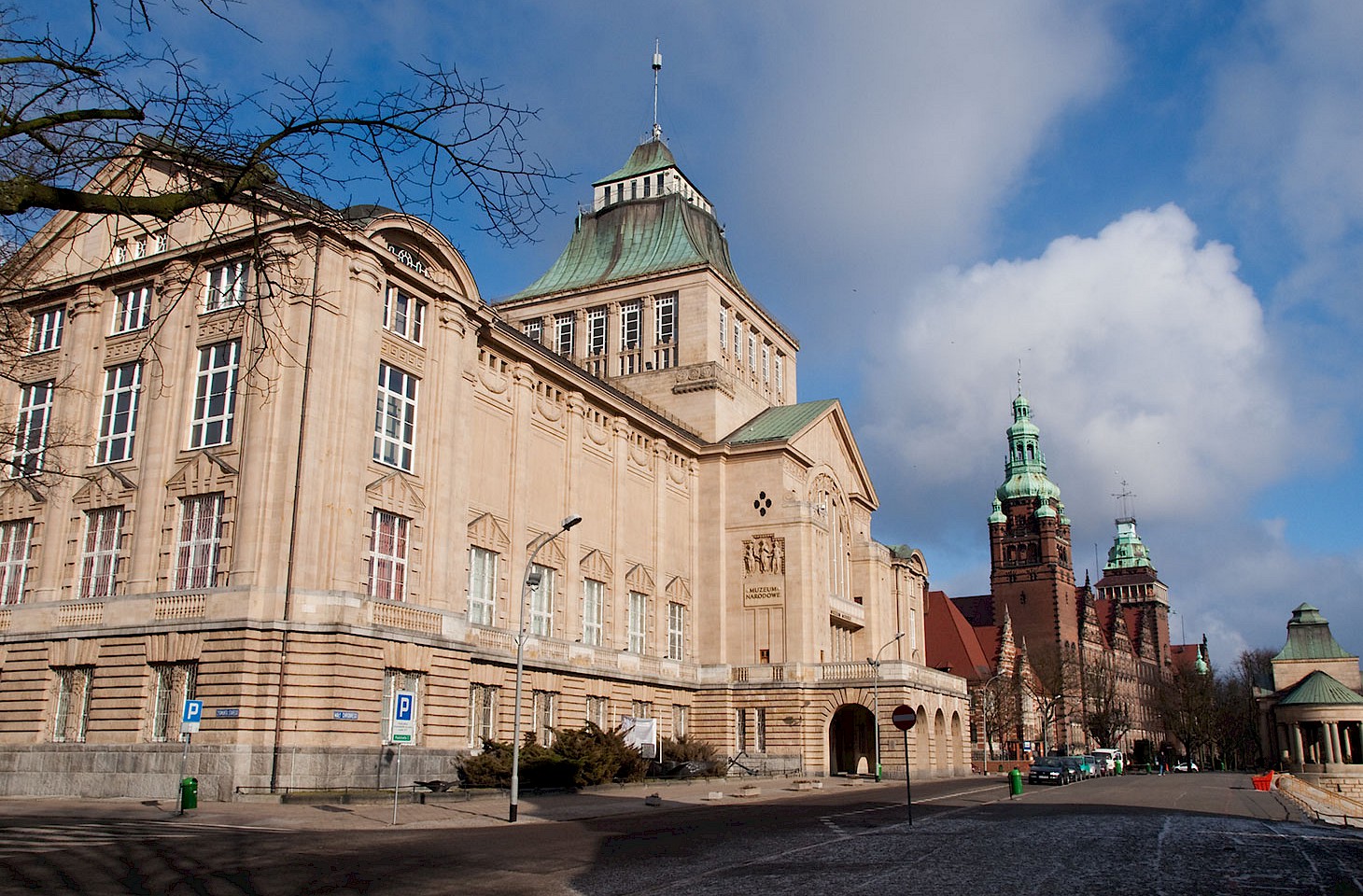Europe is often distilled in the glimpses from the train window. Many are the halfunderstood scenes from other worlds that slide by outside our carriage. All the more so from the slower trains that dawdle along rural branch lines or take the back routes into cities. Not the main line, but the one that ducks and dives through a dozen suburbs. We really mourn the passing of Eurostar's old route into London where the train crept through Brixton on an ancient viaduct, screeched round tight curves past Battersea's back gardens and trundled through a metroland full of bourgeois comforts: shiny Ebbsfleet will surely never be a match for Penge East, Sydenham Hill or sedate Shortlands.
In the pauses that the slow train makes, there is a prism on a wider world. We hear a rumble of thunder on a sultry July evening as the local train to Budapest waits for a dozen minutes on a girder bridge over the Danube. Balanced on a skeleton with suddenly the whole history of the river sliding by below. The deep tunnels of snow beside the tracks as we wait for another train to pass at some remote wayside halt high in the mountains say all there is to tell of a harsh Alpine winter that refuses to make way for spring. In the face of the woman in the Polish signal box, who leans out of the window and casts a nod at the passing train, there are the lines of a life shaped by the rhythm of the train timetable.
When did you last take the slow train? Had you realised that it really is not compulsory to speed across Europe at three hundred kilometres per hour? The more sedate trains, those lazy slowworms that stop and ponder at country stations, are still there in the timetables.
Icons of sleek modernity like the TGV and Eurostar have made it possible to cross great chunks of Europe in air-conditioned comfort in a matter of hours. But no-one says we must take the fastest train. For travellers with a day or two to spare and no inclination to rush, it really is still possible to meander across Europe on trains that travel no faster than that described by Lawrence Durrell (above) or stop with unscheduled serendipity at tiny village stations with fabulous names like Whatstandwell, Kissing or Crossmyloof.




